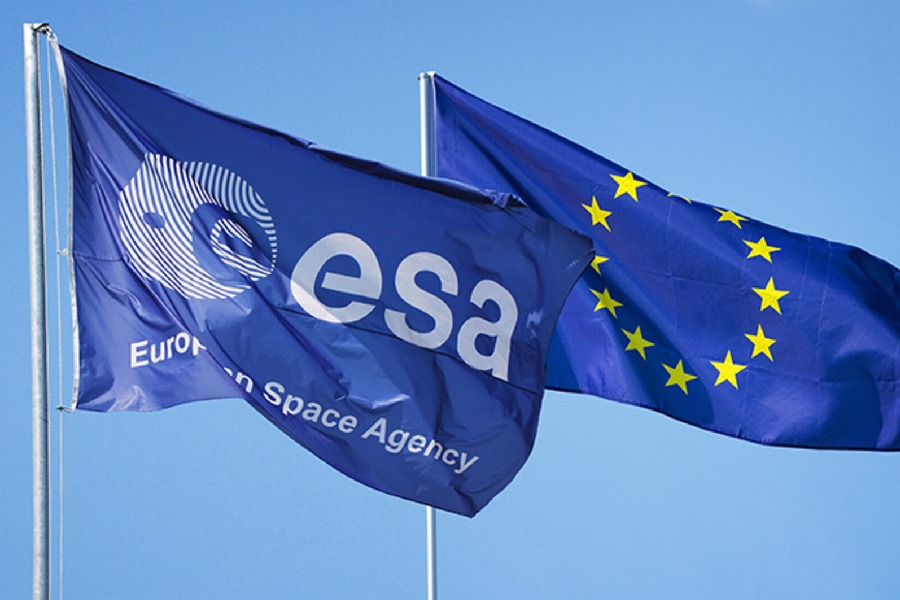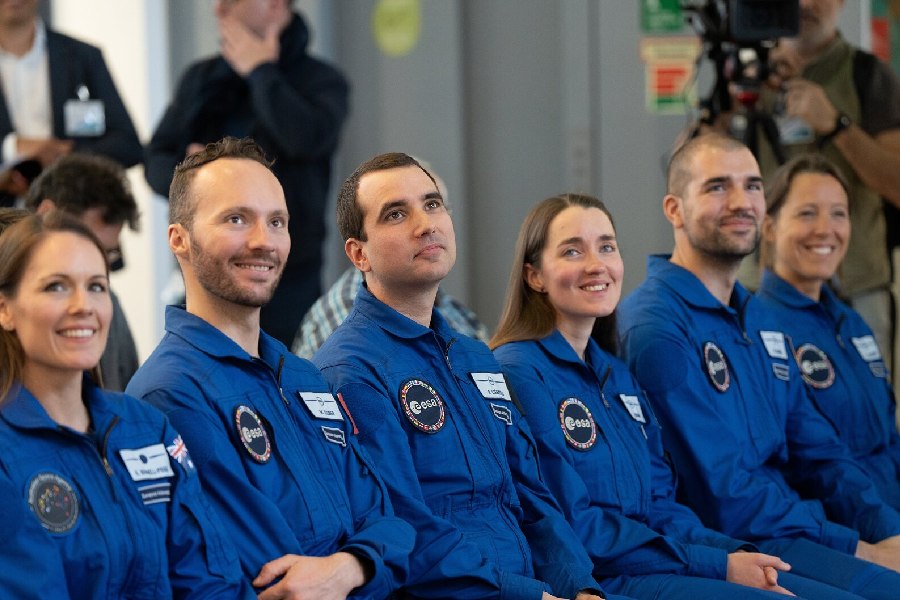Have you ever gazed up at the glittering night sky, full of stars and planets cloaked in mystery? What is European Space Agency, and what role does it play in unraveling the cosmos’s secrets? This article will give you a sneak peek into those efforts.
The European Space Agency (ESA) leads a collaborative effort across 22 European nations to explore space through advanced rockets, satellites, probes, and telescopes.
We will explore an agency that unites European nations around pushing the frontiers of space science and discovery.
Get ready to discover some incredible European technologies and facilities focused on the great beyond, from studying our ever-changing Earth to investigating if life could exist on icy alien worlds. We will peek behind the scenes at what drives Europe’s spirit of adventure into the farthest reaches.
What is European Space Agency?
The European Space Agency (ESA) is an intergovernmental organization dedicated to the exploration of space. Established in 1975, the ESA is composed of 22 member states.
Each contributes to its mission of advancing space science, technology, and applications. The agency collaborates on various space projects, including Earth observation, satellite communication, planetary exploration, and human spaceflight. ESA, through its missions, is responsible to find out more about the Earth, our Solar System, and the Universe.
ESA plays a crucial role in promoting international cooperation in space endeavors and is known for its contributions to scientific research and technological innovation on both a European and global scale.

ESA’s Mission and Objectives
Core mission and objectives
The European Space Agency’s official mission declares commitment “to shape the development of Europe’s space capability and ensure that investment in space continues to deliver benefits to the citizens of Europe.”
Their primary objectives aim to maintain and grow Europe’s space capabilities through cutting-edge collaborative projects and initiatives conducted peacefully to advance scientific understanding worldwide.
Key goals and projects
ESA steers a proactive space agenda emphasizing sustainability, economic growth, scientific exploration, and inspirational education. Major projects underway reflect these goals.
These include the Copernicus program, which monitors environmental health. Also, there is ExoMars, which seeks signs of life beneath the Martian surface. This is done in collaboration with Russia’s Roscosmos.
On the transportation front, ESA provided the service module for Orion’s successful Artemis I test flight. ESA also aided the development of the Airbus SpaceLoft reusable stages and continued progress towards the Ariane 6 and Vega-C next-generation launch systems.
Upcoming missions will analyze Saturn’s icy Enceladus moon and capture high-definition glimpses into star and galaxy formation across billions of years.
Investment in Space Continues
Financial commitment overview
ESA funding sources
As an intergovernmental organization, ESA receives funding via direct contributions from its 22 member states and Canada. For 2022, ESA secured a record budget of €7.15 billion, and the estimated budget for 2023 is now €7.08 billion. From the estimated 2023 budget, €218.3 million of 3.1% of the total budget would go to technology support, while the basic activities take up most of the yearly budget, or 4.3% to be more exact.
Benefits of Investing in Space Exploration
Advancements through space exploration
Space exploration drives extensive scientific and technological progress shared across many sectors. Studying Earth from orbit delivers environmental insights needed to combat climate change while analyzing other planets paves the way for future habitation.
Engineering hurdles are to expand innovative manufacturing. Public interest and educational projects inspire new generations towards STEM, ensuring a thriving workforce. Accessing microgravity advances materials, research, and medicines. Spacefaring nations lead the global economy.
ESA’s contributions to benefits
As a major space agency, ESA’s decades-long investment in launchers, satellites, probes, and payloads substantially contributes to those benefits. Flagship environmental monitoring programs like Copernicus track sustainability metrics benefiting communities worldwide. Collaborations with NASA and Roscosmos widen the horizons for humans thriving in space long-term. ESA’s commitments foster cutting-edge progress across transportation, research, navigation, technology, and exploration.
This catalyzes profound breakthroughs across disciplines, from physics to biosciences, while inspiring future pioneers. Ongoing ESA missions and projects promise still greater returns, positively impacting daily lives across the globe.

European Astronauts and Intellectual Resources
ESA’s astronaut recruitment
Recent astronaut selection
In 2022, ESA selected five new career astronauts along with an astronaut reserve pool from over 22,500 applicants, enabling European participation in NASA’s Artemis missions toward the Moon and future Mars exploration.
This followed a commitment to significantly boost diversity– including 30% women amongst new recruits. Briton Rosemary Coogan serves as one of the new career astronauts alongside fellow ESA crewmates Sophie Adenot, Pablo Álvarez Fernández, and Marco Sieber.
Astronaut achievements
Since the inaugural selection in 1978, European astronauts routinely helped assemble, maintain, and conduct experiments aboard the International Space Station.
Most recently, astronaut Thomas Pesquet set European records with over 400 ISS research study sessions during his six-month Alpha mission stay in 2021-2022.
Leveraging intellectual resources
ESA actively promotes open science initiatives like the π-lab, facilitating global knowledge sharing with educational workshops, hackathons and collaborative data analysis of raw satellite telemetry.
Similar public archive projects will ensure global accessibility for climate sensitivity data from the upcoming FORUM satellite mission.
The Gateway to Space: Colorado Springs
Introduction to Colorado Springs
Nicknamed the “Gateway to Space”, Colorado Springs has served pivotal aerospace roles since the 1950s, centralized around critical military bases and space commands. Both governmental and commercial space sectors thrive in the region.
Nearly 10% of jobs connect to space technology across 500+ organizations. Numerous space and defense contractors nurture cutting-edge innovation while supporting over 130,000 skilled professionals.
ESA’s presence in Colorado Springs
As Europe’s gateway to space, ESA maintains a major office presence within Colorado Springs to liaise closely with American aerospace partners like the Space Force, USSTRATCOM, and leading commercial space companies concentrated nearby.
ESA’s Colorado delegation fosters collaborative projects across launch capabilities, satellite applications, space surveillance, tracking, and astronomy.
Whether aiding interoperability for allied Galileo/GPS navigation satellites or coordinating orbital collision avoidance, ESA strengthens spacepower for Western allies through its Colorado Springs hub. Ongoing expansion of these ESA facilities and staff serves to deepen transatlantic alignment as space militarization threats grow.
Conclusion
So, what can we conclude? What is European Space Agency? ESA is an intergovernmental organization uniting nations around space exploration through advanced technologies.
This article showcased Europe’s critical role by examining ESA’s mission, investments, astronauts, and facilities. ESA is pushing frontiers in science, technology and discovery to benefit citizens worldwide.
As ESA Director General Josef Aschbacher said, “Space is the new frontier for humanity; it’s our inspiration and essential for our societies and life.” May the European Space Agency continue leading the charge toward unlocking mysteries from our home planet to the edges of the universe!
